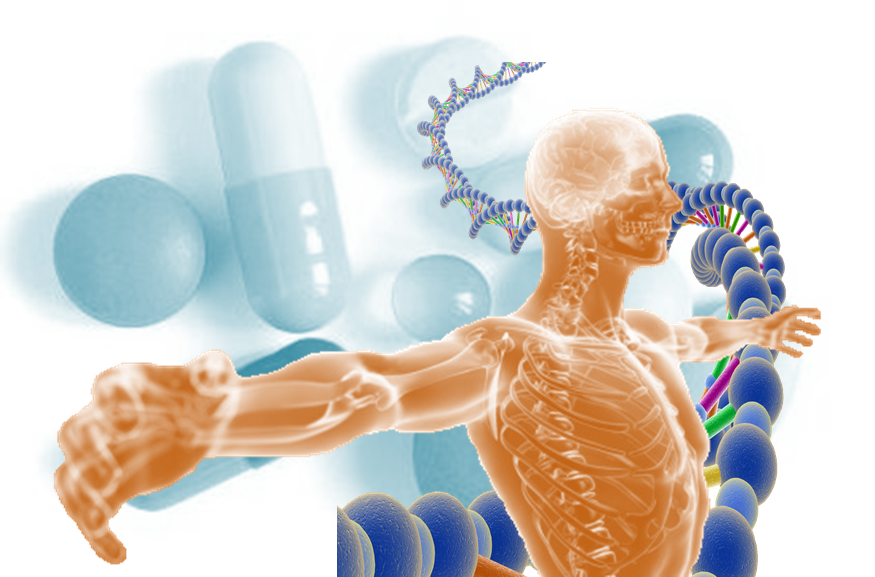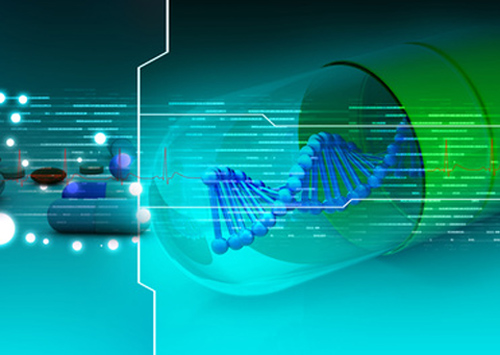Detecting viruses and bacteria in RNA-seq data with less false positive rate is a difficult task. A new tool is introduced to detect pathogens in RNA-seq data with high precision and recall known as Pathonoia [1].
Contents
Pathonoia uses k-mer based method for species identification. It provides a nice framework that shows microbe-host interactions.
How Pathonoia works?
- Pathonoia algorithm uses Kraken2 to align RNA-seq reads and to generate k-mer assignments and a taxonomic classification for each read.
- It then combines all k-mer assignments of a sample into a non-read-count-based abundance metric.
- Further, users are allowed to subject the output to downstream analysis that includes differential abundance analysis and differential expression analysis.
- It finally outputs the potential effect of the organism in sample.
Pathonoia is capable of supporting novel hypotheses on microbial infections [1]. It is written in Python language and is freely available on GitHub.
For further reading, click here.
References
- Liebhoff, AM., Menden, K., Laschtowitz, A. et al. (2023). Pathogen detection in RNA-seq data with Pathonoia. BMC Bioinformatics 24, 53.
- Breitwieser, F. P., Baker, D. N., & Salzberg, S. L. (2018). KrakenUniq: confident and fast metagenomics classification using unique k-mer counts. Genome biology, 19(1), 1-10.





